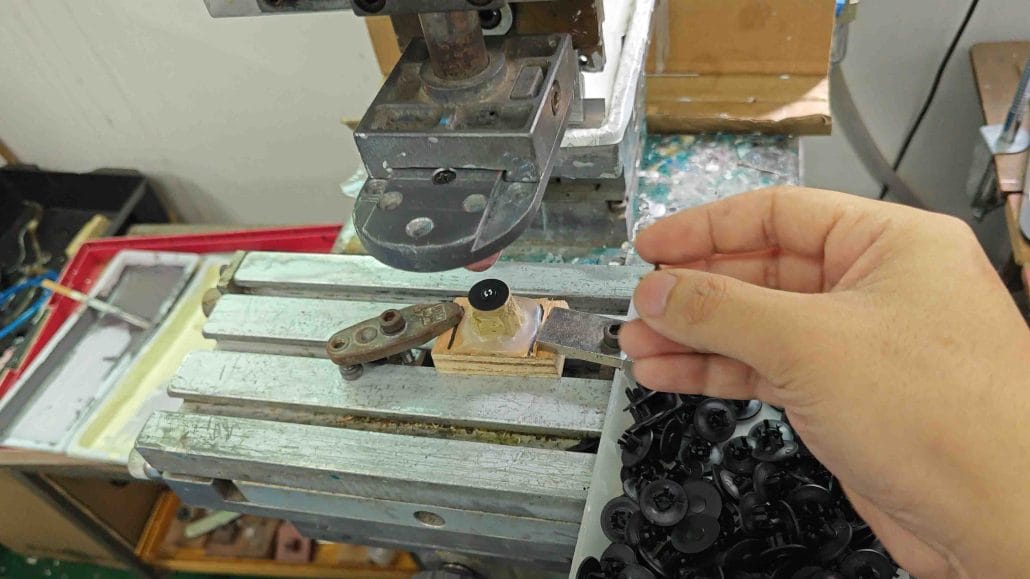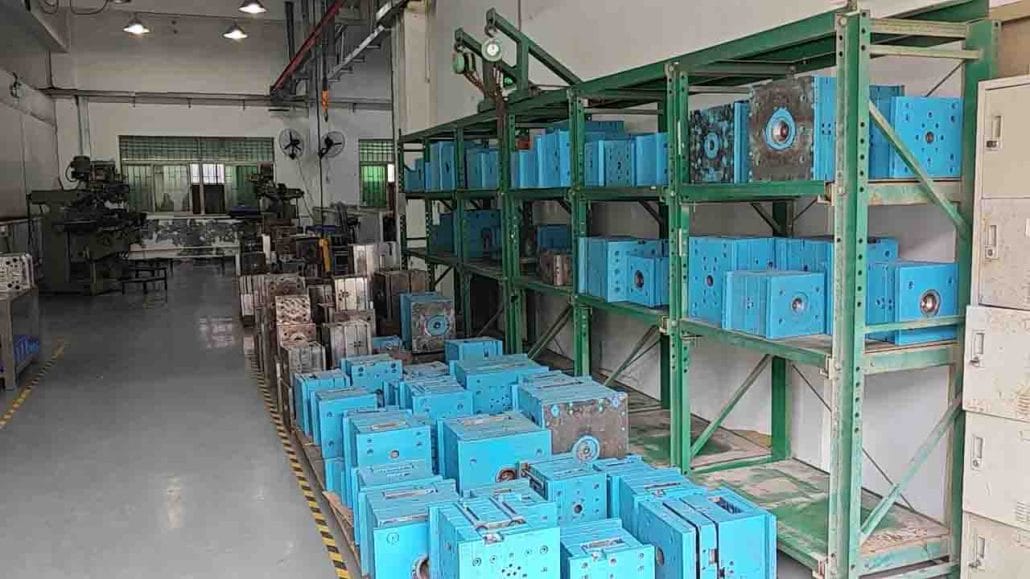If you’re looking to optimize your injection molding process, one key factor you’ll want to pay close attention to is injection speed. This critical parameter can have a profound impact on the quality of your finished product, as well as on the efficiency and profitability of your manufacturing operations.
So, in this comprehensive guide, we’ll walk you through everything you need to know about how to calculate injection speed in injection molding. We’ll cover the basic concepts and principles involved, as well as some advanced tips and techniques that can help you fine-tune your processes for maximum returns.
By the end of this article, you’ll have a clear understanding of not only how to calculate injection speed, but also how to apply it in practice to achieve superior results. So let’s get started!
Overview of Injection Molding Process
Injection molding is a manufacturing process that involves melting plastic resin pellets and injecting them into a mold cavity. The molten plastic is then allowed to cool and harden, resulting in a solid part that has taken the shape of the mold. The process has several stages, including clamping, injection, cooling, and ejection.
One of the essential parameters in injection molding is the injection speed. Injection speed refers to the rate at which the molten plastic is injected into the mold. It affects the filling time, pressure, and temperature in the mold cavity. Therefore, it is essential to control the injection speed to obtain high-quality parts.
Understanding Injection Speed: The Fundamentals
To begin with, it’s important to have a solid grasp of what injection speed actually means in the context of injection molding. Essentially, it’s a measure of how fast the molten plastic is injected into the mold cavity during the injection phase of the process.
This might seem like a fairly straightforward concept, but in fact there are several different factors that can influence injection speed, and the optimal speed for a given application will depend on a range of variables, such as:
- The type of plastic being used
- The size and complexity of the part being molded
- The sensitivity of the part to stress and deformation
- The desired cycle time and production rate
- The injection molding machine and related equipment being used
Given these factors, it’s not always easy to determine the optimal injection speed for a particular application. However, by following some basic principles and taking a systematic approach, it’s possible to arrive at an effective strategy.
Factors that Affect Injection Speed
Several factors affect injection speed, including:
• Material viscosity: The viscosity of the plastic material affects the rate at which it can flow into the mold cavity.
• Wall thickness: Thicker precision parts require higher injection speeds to fill the mold completely.
• Gate geometry: The size and shape of the gate affect the injection pressure and flow rate.
• Mold temperature: The temperature of the mold affects the cooling rate of the molten plastic and the injection speed required to fill the cavity completely.

the Importance of Injection Speed
Injection speed affects the quality of the finished product, cycle time, and molding material characteristics. It is essential to choose the right injection speed for your material and mold. The injection speed can vary depending on the application, type of plastic, and part design. Too slow of an injection speed can result in a poor-quality part, while too fast can cause issues such as burn marks, flashing, and other defects.
Calculating Injection Speed: Basic Formulas and Techniques
To calculate injection speed, you need to know the following factors:
• Part volume: The volume of the plastic part to be produced.
• Material viscosity: The viscosity of the plastic material in its molten state.
• Injection pressure: The pressure required to fill the mold completely.
• Fill time: The time required to fill the mold cavity.
So how do you actually go about calculating injection speed in practice? Here are some basic formulas and techniques to keep in mind:
Injection speed = injected melt volume / injection time
Injection time = stroke length / injection speed
Injection pressure = peak injection pressure or maximum pressure (bar)
Example calculation:
Suppose you need to produce a plastic part with a volume of 50 cm^3. The plastic material has a viscosity of 100 Pa.s in its molten state, and the injection pressure is 150 MPa. The fill time is 1 second. The injection speed required is:
Injection Speed = 50 ÷ (100 x 150 x 1) = 0.000333 m/s
Tips for Controlling Injection Speed
To achieve the required injection speed, you can use the following tips:
• Adjust the injection speed control on the machine. Most modern injection molding machines have settings for injection speed, so you can adjust it to achieve the desired speed.
• Optimize the gate design and size to reduce pressure drop and flow restrictions.
• Control the plastic resin temperature to keep it within the recommended range for optimal flow.
When calculating injection speed, it’s important to take into account the entire injection cycle, including the time it takes for the plastic to reach the end of the cavity and for the pressure to stabilize. This is often referred to as the “hold time” or “packing time,” and can have a significant impact on the final part quality.
In addition, it’s important to consider the effects of pressure and temperature on the plastic during the molding process. A high injection speed can lead to a higher melt temperature, which can in turn cause problems like warpage, sink marks, or poor surface finish. Likewise, a low injection speed can result in inadequate filling or packing, or a reduced production rate.
To avoid these issues, it’s generally recommended to start with a moderate injection speed and adjust as needed based on the specific application. This might involve conducting experiments or simulations to determine the optimal speed for a given set of parameters, or making incremental adjustments during production runs to fine-tune the process.

Advanced Techniques for Optimizing Injection Speed
Once you have a basic understanding of injection speed and some of the factors that can affect it, you can begin to explore more advanced techniques for optimizing the process. Here are a few examples:
Use injection speed control software: Many modern injection molding machines come equipped with sophisticated software that allows you to precisely control the injection speed and pressure throughout the cycle. By taking advantage of these tools, you can achieve a more consistent and repeatable process, with fewer defects and higher production rates.
Experiment with different filling patterns: Depending on the part geometry and material properties, it may be beneficial to vary the injection speed at different stages of the filling process. For example, a slower speed might be used initially to avoid excessive shear stress, followed by a faster speed during the packing phase to ensure complete filling. By experimenting with different filling patterns, you can identify the optimal speed profile for a given application.
Monitor and analyze data: By collecting and analyzing data on injection speed and other key process parameters, you can gain valuable insights into how the process is performing, and where improvements can be made. For example, you might use statistical process control (SPC) techniques to identify trends or patterns in the data, or conduct root cause analysis to pinpoint the source of defects or variability.
By applying these and other techniques, you can build a comprehensive understanding of injection speed and how it affects your injection molding process. With this knowledge in hand, you’ll be well equipped to optimize your processes for maximum quality, efficiency, and profitability.
Conclusion
In summary, calculating injection speed in injection molding is a critical component of optimizing your manufacturing process. By understanding the basic concepts and principles involved, and taking advantage of advanced techniques and tools, you can achieve superior results and realize significant cost savings.
So whether you’re a seasoned injection molding expert or just starting out in the field, we hope this guide has given you some valuable insights and ideas for how to improve your processes. By putting these tips and techniques into practice, you’ll be well on your way to achieving world-class injection molding performance.


